Sai Koneru
KIT's Offline Speech Translation and Instruction Following Submission for IWSLT 2025
May 19, 2025



Abstract:The scope of the International Workshop on Spoken Language Translation (IWSLT) has recently broadened beyond traditional Speech Translation (ST) to encompass a wider array of tasks, including Speech Question Answering and Summarization. This shift is partly driven by the growing capabilities of modern systems, particularly with the success of Large Language Models (LLMs). In this paper, we present the Karlsruhe Institute of Technology's submissions for the Offline ST and Instruction Following (IF) tracks, where we leverage LLMs to enhance performance across all tasks. For the Offline ST track, we propose a pipeline that employs multiple automatic speech recognition systems, whose outputs are fused using an LLM with document-level context. This is followed by a two-step translation process, incorporating additional refinement step to improve translation quality. For the IF track, we develop an end-to-end model that integrates a speech encoder with an LLM to perform a wide range of instruction-following tasks. We complement it with a final document-level refinement stage to further enhance output quality by using contextual information.
Quality-Aware Decoding: Unifying Quality Estimation and Decoding
Feb 12, 2025
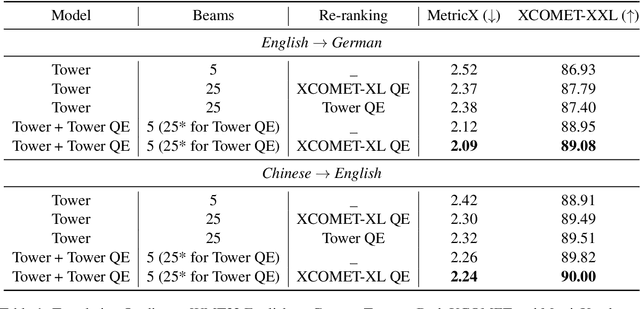
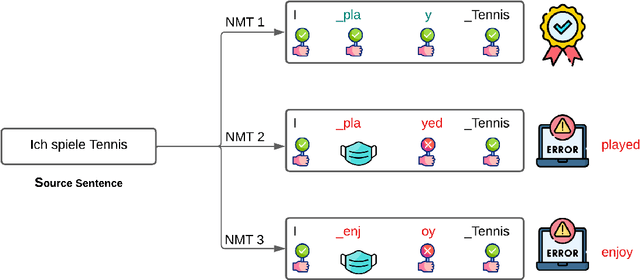
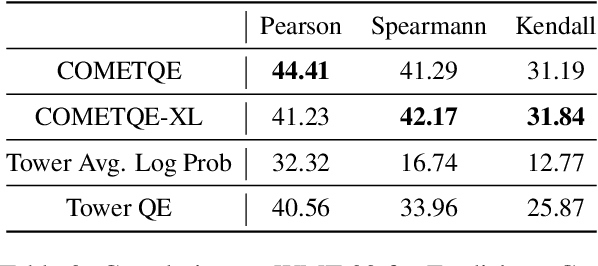
Abstract:An emerging research direction in NMT involves the use of Quality Estimation (QE) models, which have demonstrated high correlations with human judgment and can enhance translations through Quality-Aware Decoding. Although several approaches have been proposed based on sampling multiple candidate translations, none have integrated these models directly into the decoding process. In this paper, we address this by proposing a novel token-level QE model capable of reliably scoring partial translations. We build a uni-directional QE model for this, as decoder models are inherently trained and efficient on partial sequences. We then present a decoding strategy that integrates the QE model for Quality-Aware decoding and demonstrate that the translation quality improves when compared to the N-best list re-ranking with state-of-the-art QE models (upto $1.39$ XCOMET-XXL $\uparrow$). Finally, we show that our approach provides significant benefits in document translation tasks, where the quality of N-best lists is typically suboptimal.
The Reopening of Pandora's Box: Analyzing the Role of LLMs in the Evolving Battle Against AI-Generated Fake News
Oct 25, 2024



Abstract:With the rise of AI-generated content spewed at scale from large language models (LLMs), genuine concerns about the spread of fake news have intensified. The perceived ability of LLMs to produce convincing fake news at scale poses new challenges for both human and automated fake news detection systems. To address this gap, this work presents the findings from a university-level competition which aimed to explore how LLMs can be used by humans to create fake news, and to assess the ability of human annotators and AI models to detect it. A total of 110 participants used LLMs to create 252 unique fake news stories, and 84 annotators participated in the detection tasks. Our findings indicate that LLMs are ~68% more effective at detecting real news than humans. However, for fake news detection, the performance of LLMs and humans remains comparable (~60% accuracy). Additionally, we examine the impact of visual elements (e.g., pictures) in news on the accuracy of detecting fake news stories. Finally, we also examine various strategies used by fake news creators to enhance the credibility of their AI-generated content. This work highlights the increasing complexity of detecting AI-generated fake news, particularly in collaborative human-AI settings.
Plug, Play, and Fuse: Zero-Shot Joint Decoding via Word-Level Re-ranking Across Diverse Vocabularies
Aug 21, 2024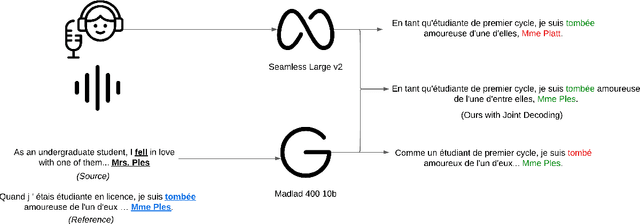
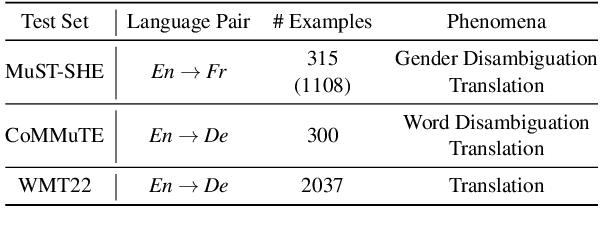

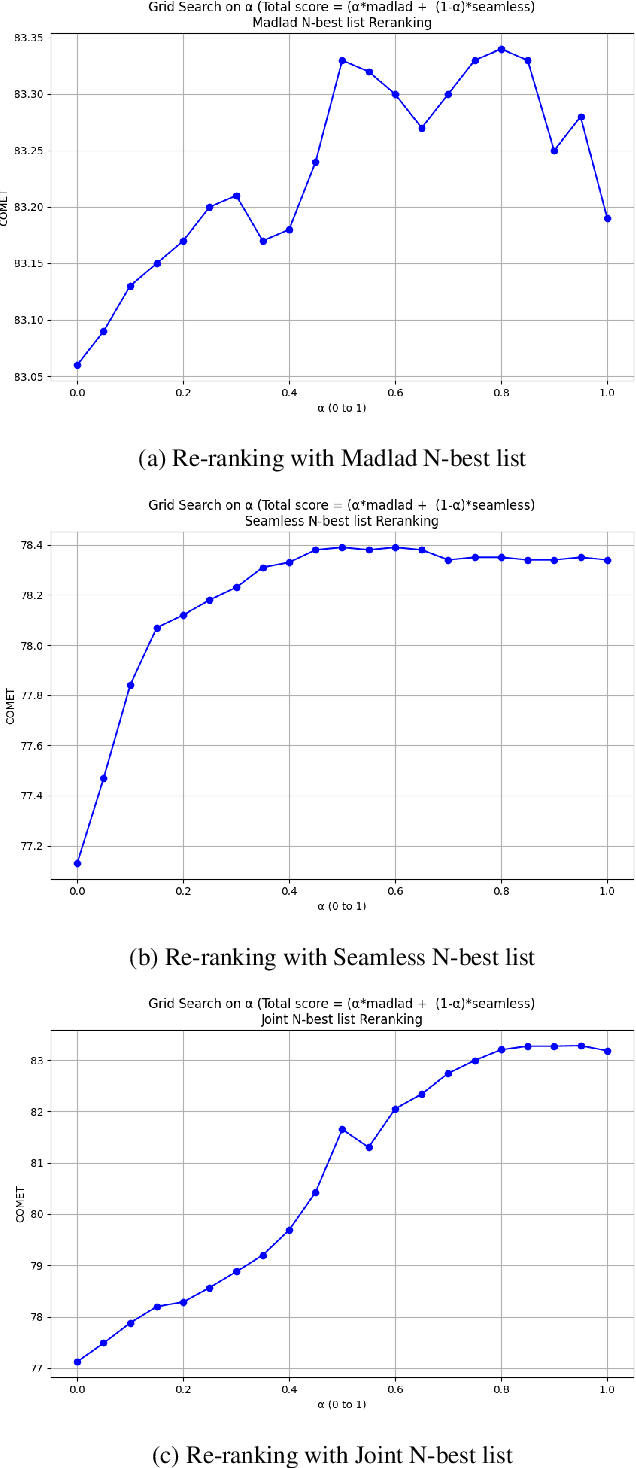
Abstract:Recent advancements in NLP have resulted in models with specialized strengths, such as processing multimodal inputs or excelling in specific domains. However, real-world tasks, like multimodal translation, often require a combination of these strengths, such as handling both translation and image processing. While individual translation and vision models are powerful, they typically lack the ability to perform both tasks in a single system. Combining these models poses challenges, particularly due to differences in their vocabularies, which limit the effectiveness of traditional ensemble methods to post-generation techniques like N-best list re-ranking. In this work, we propose a novel zero-shot ensembling strategy that allows for the integration of different models during the decoding phase without the need for additional training. Our approach re-ranks beams during decoding by combining scores at the word level, using heuristics to predict when a word is completed. We demonstrate the effectiveness of this method in machine translation scenarios, showing that it enables the generation of translations that are both speech- and image-aware while also improving overall translation quality\footnote{We will release the code upon paper acceptance.}.
Blending LLMs into Cascaded Speech Translation: KIT's Offline Speech Translation System for IWSLT 2024
Jun 24, 2024Abstract:Large Language Models (LLMs) are currently under exploration for various tasks, including Automatic Speech Recognition (ASR), Machine Translation (MT), and even End-to-End Speech Translation (ST). In this paper, we present KIT's offline submission in the constrained + LLM track by incorporating recently proposed techniques that can be added to any cascaded speech translation. Specifically, we integrate Mistral-7B\footnote{mistralai/Mistral-7B-Instruct-v0.1} into our system to enhance it in two ways. Firstly, we refine the ASR outputs by utilizing the N-best lists generated by our system and fine-tuning the LLM to predict the transcript accurately. Secondly, we refine the MT outputs at the document level by fine-tuning the LLM, leveraging both ASR and MT predictions to improve translation quality. We find that integrating the LLM into the ASR and MT systems results in an absolute improvement of $0.3\%$ in Word Error Rate and $0.65\%$ in COMET for tst2019 test set. In challenging test sets with overlapping speakers and background noise, we find that integrating LLM is not beneficial due to poor ASR performance. Here, we use ASR with chunked long-form decoding to improve context usage that may be unavailable when transcribing with Voice Activity Detection segmentation alone.
The Unappreciated Role of Intent in Algorithmic Moderation of Social Media Content
May 17, 2024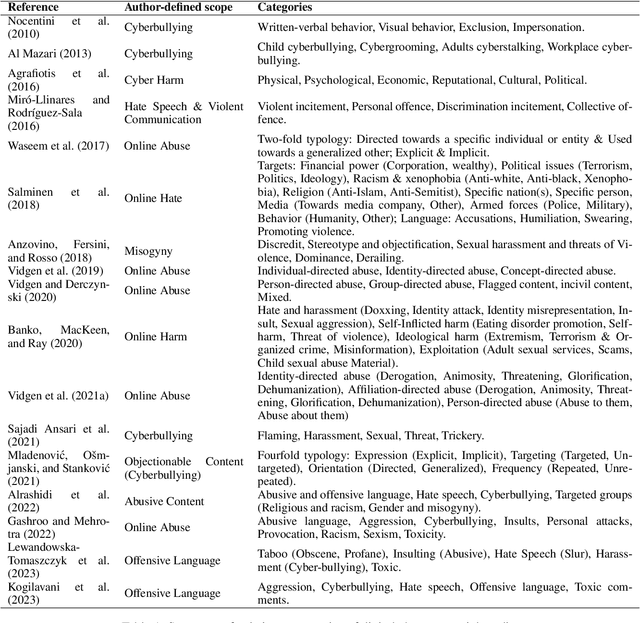
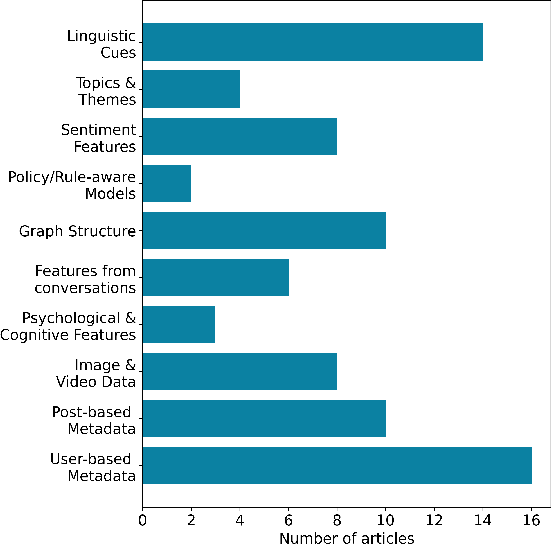
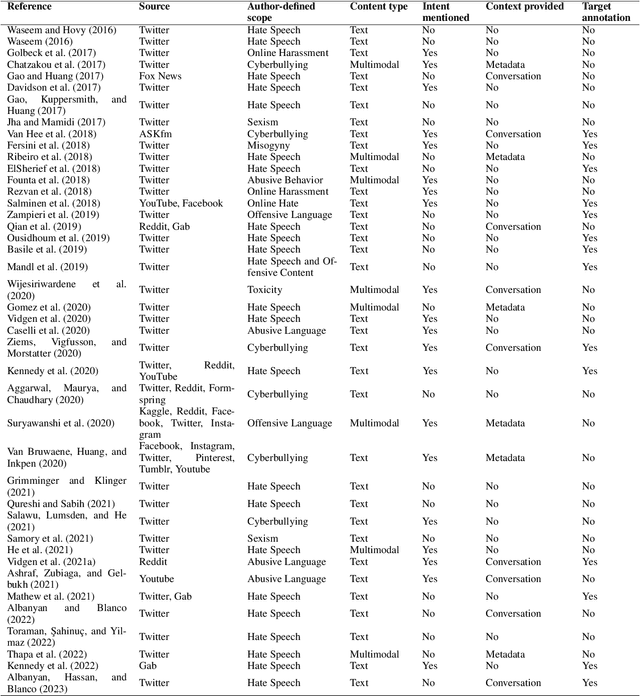
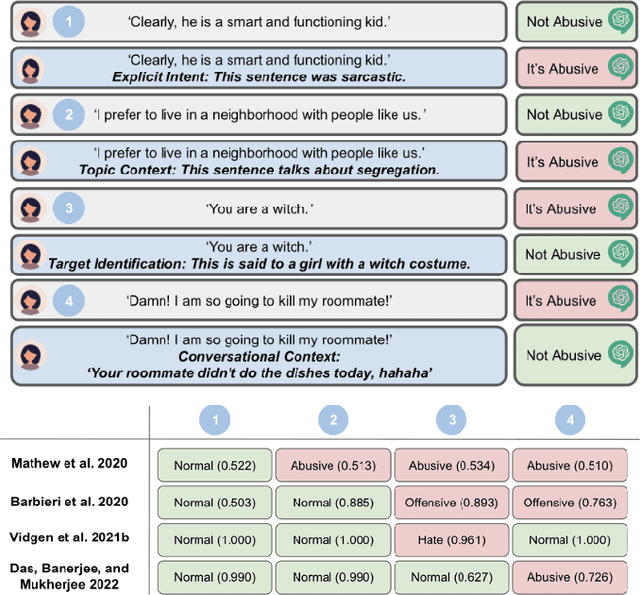
Abstract:As social media has become a predominant mode of communication globally, the rise of abusive content threatens to undermine civil discourse. Recognizing the critical nature of this issue, a significant body of research has been dedicated to developing language models that can detect various types of online abuse, e.g., hate speech, cyberbullying. However, there exists a notable disconnect between platform policies, which often consider the author's intention as a criterion for content moderation, and the current capabilities of detection models, which typically lack efforts to capture intent. This paper examines the role of intent in content moderation systems. We review state of the art detection models and benchmark training datasets for online abuse to assess their awareness and ability to capture intent. We propose strategic changes to the design and development of automated detection and moderation systems to improve alignment with ethical and policy conceptualizations of abuse.
Contextual Refinement of Translations: Large Language Models for Sentence and Document-Level Post-Editing
Oct 23, 2023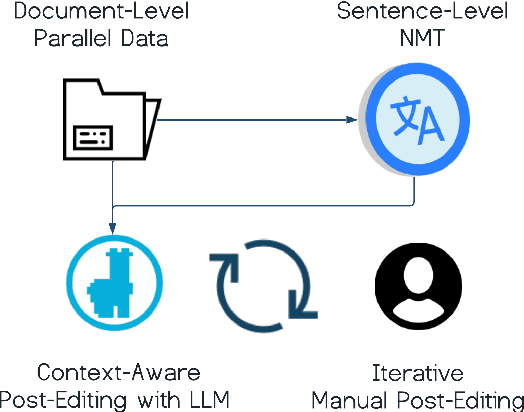



Abstract:Large Language Models (LLM's) have demonstrated considerable success in various Natural Language Processing tasks, but they have yet to attain state-of-the-art performance in Neural Machine Translation (NMT). Nevertheless, their significant performance in tasks demanding a broad understanding and contextual processing shows their potential for translation. To exploit these abilities, we investigate using LLM's for MT and explore recent parameter-efficient fine-tuning techniques. Surprisingly, our initial experiments find that fine-tuning for translation purposes even led to performance degradation. To overcome this, we propose an alternative approach: adapting LLM's as Automatic Post-Editors (APE) rather than direct translators. Building on the LLM's exceptional ability to process and generate lengthy sequences, we also propose extending our approach to document-level translation. We show that leveraging Low-Rank-Adapter fine-tuning for APE can yield significant improvements across both sentence and document-level metrics while generalizing to out-of-domain data. Most notably, we achieve a state-of-the-art accuracy rate of 89\% on the ContraPro test set, which specifically assesses the model's ability to resolve pronoun ambiguities when translating from English to German. Lastly, we investigate a practical scenario involving manual post-editing for document-level translation, where reference context is made available. Here, we demonstrate that leveraging human corrections can significantly reduce the number of edits required for subsequent translations\footnote{Interactive Demo for integrating manual feedback can be found \href{https://huggingface.co/spaces/skoneru/contextual_refinement_ende}{here}}
Can Large Language Models Discern Evidence for Scientific Hypotheses? Case Studies in the Social Sciences
Sep 07, 2023



Abstract:Hypothesis formulation and testing are central to empirical research. A strong hypothesis is a best guess based on existing evidence and informed by a comprehensive view of relevant literature. However, with exponential increase in the number of scientific articles published annually, manual aggregation and synthesis of evidence related to a given hypothesis is a challenge. Our work explores the ability of current large language models (LLMs) to discern evidence in support or refute of specific hypotheses based on the text of scientific abstracts. We share a novel dataset for the task of scientific hypothesis evidencing using community-driven annotations of studies in the social sciences. We compare the performance of LLMs to several state-of-the-art benchmarks and highlight opportunities for future research in this area. The dataset is available at https://github.com/Sai90000/ScientificHypothesisEvidencing.git
End-to-End Evaluation for Low-Latency Simultaneous Speech Translation
Aug 07, 2023Abstract:The challenge of low-latency speech translation has recently draw significant interest in the research community as shown by several publications and shared tasks. Therefore, it is essential to evaluate these different approaches in realistic scenarios. However, currently only specific aspects of the systems are evaluated and often it is not possible to compare different approaches. In this work, we propose the first framework to perform and evaluate the various aspects of low-latency speech translation under realistic conditions. The evaluation is carried out in an end-to-end fashion. This includes the segmentation of the audio as well as the run-time of the different components. Secondly, we compare different approaches to low-latency speech translation using this framework. We evaluate models with the option to revise the output as well as methods with fixed output. Furthermore, we directly compare state-of-the-art cascaded as well as end-to-end systems. Finally, the framework allows to automatically evaluate the translation quality as well as latency and also provides a web interface to show the low-latency model outputs to the user.
KIT's Multilingual Speech Translation System for IWSLT 2023
Jun 15, 2023



Abstract:Many existing speech translation benchmarks focus on native-English speech in high-quality recording conditions, which often do not match the conditions in real-life use-cases. In this paper, we describe our speech translation system for the multilingual track of IWSLT 2023, which evaluates translation quality on scientific conference talks. The test condition features accented input speech and terminology-dense contents. The task requires translation into 10 languages of varying amounts of resources. In absence of training data from the target domain, we use a retrieval-based approach (kNN-MT) for effective adaptation (+0.8 BLEU for speech translation). We also use adapters to easily integrate incremental training data from data augmentation, and show that it matches the performance of re-training. We observe that cascaded systems are more easily adaptable towards specific target domains, due to their separate modules. Our cascaded speech system substantially outperforms its end-to-end counterpart on scientific talk translation, although their performance remains similar on TED talks.
 Add to Chrome
Add to Chrome Add to Firefox
Add to Firefox Add to Edge
Add to Edge